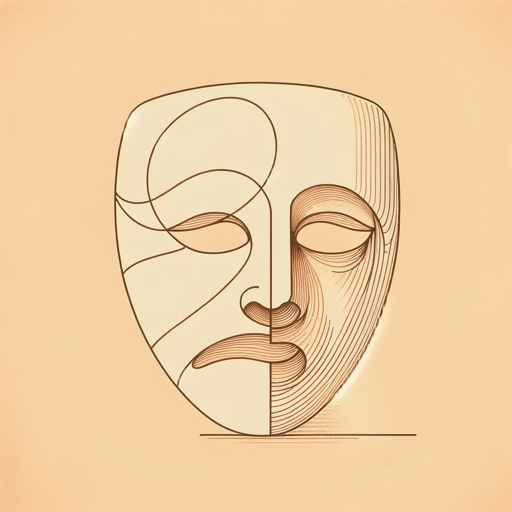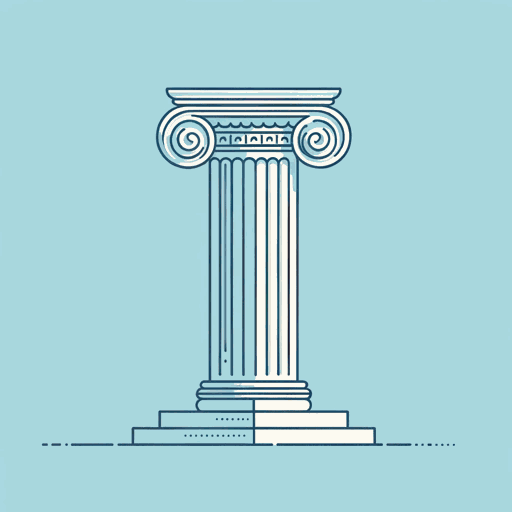28 pages • 56 minutes read
AristotlePoetics
Nonfiction | Book | Adult | BCEA modern alternative to SparkNotes and CliffsNotes, SuperSummary offers high-quality Study Guides with detailed chapter summaries and analysis of major themes, characters, and more.
Literary Devices
Metaphor and Simile
In Aristotle’s view, metaphor is one of the highest forms of thought, allowing humans to make sense of the world by grounding abstract ideas in concrete images. Elegant metaphor, he writes, is one of the marks of the truly ingenious poet.
Perhaps he’s giving himself a little pat on the back there: Poetics is laden with metaphor and simile. One of the most persistent and important of these is the idea of the work of art as a living creature. Writing of the proper construction of an epic, Aristotle observes:
The story should, as in tragedy, be constructed dramatically, that is, based on a single action that is whole and entire and that has a beginning, a middle, and an end. Only thus can epic, like a living organism, produce its own proper pleasure (47).
In this image, different kinds of poetry grow like different kinds of living creatures, with some sort of shape built right into their DNA: A daffodil should look like a daffodil, a humpback whale should look like a humpback whale, and an epic should look like an epic.
But there’s something even richer and deeper going on here.
Related Titles
By Aristotle







